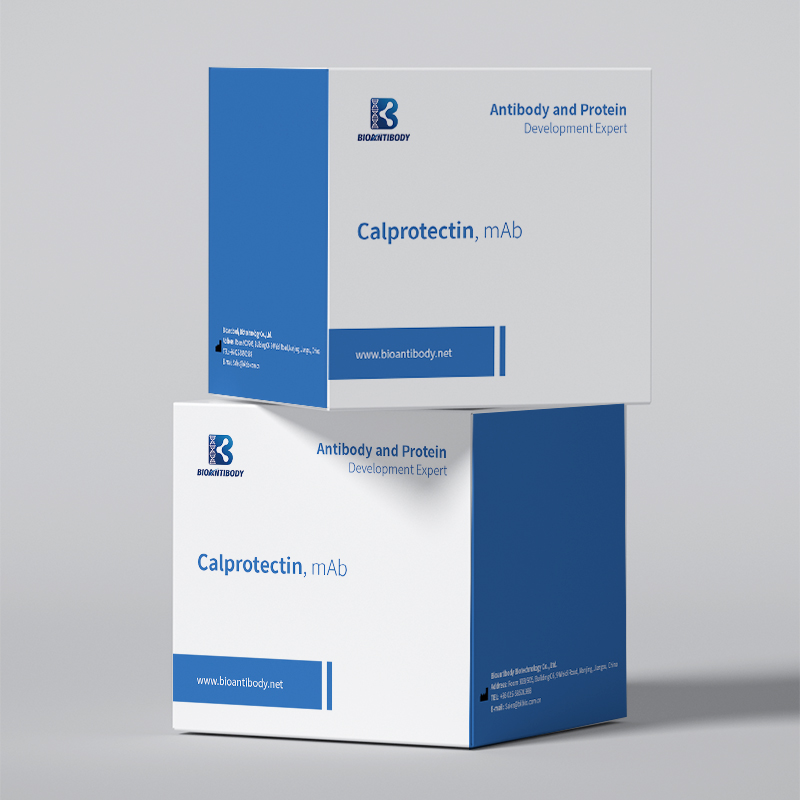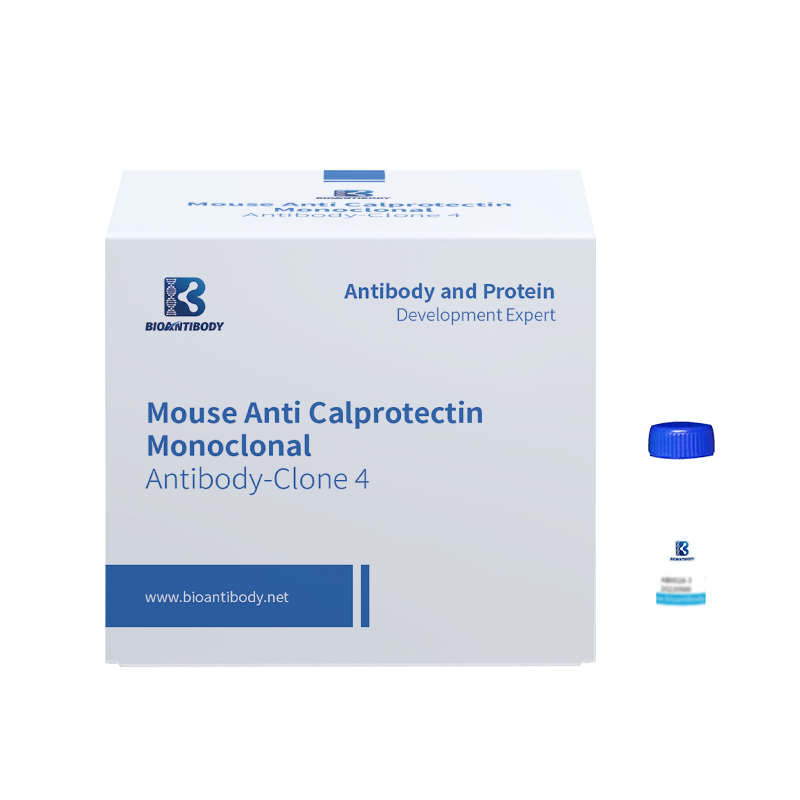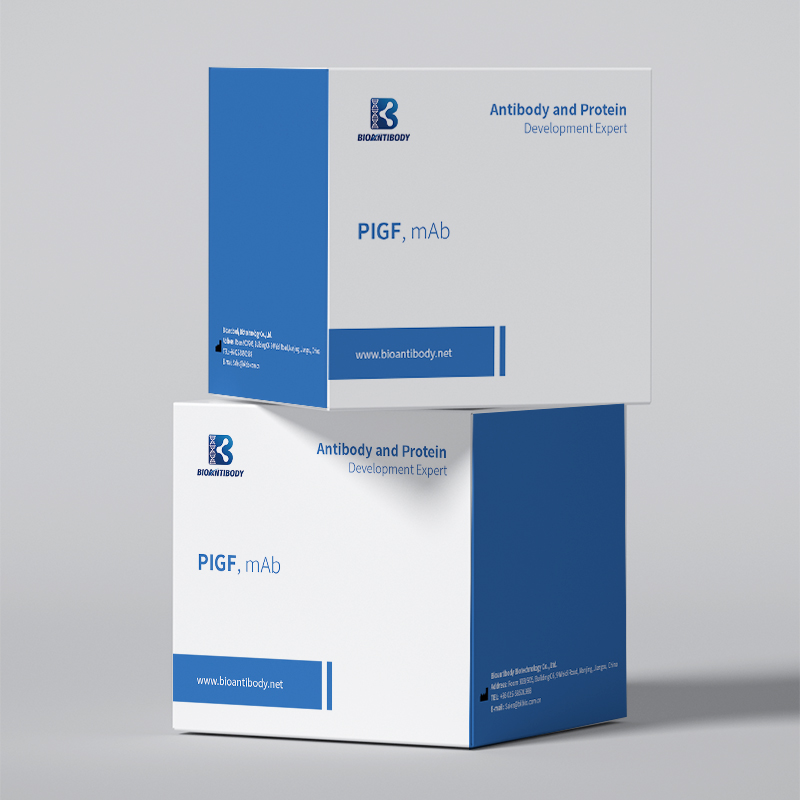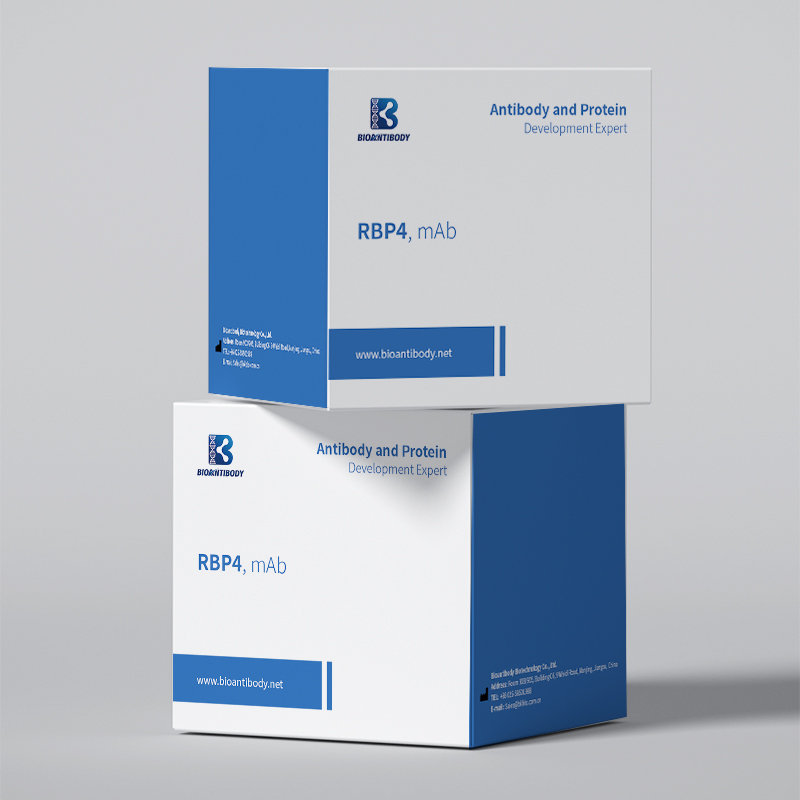Anti- MP-P1Antibody, Mouse Monoclonal
Product details
General Information
Mycoplasma pneumoniae is a genome reduced pathogen and causative agent of community acquired pneumonia. In order to infect host cells, Mycoplasma pneumoniae adheres to ciliated epithelium in the respiratory tract, which requires the interaction of several proteins including P1, P30, P116. P1 is the major surface adhesins of M. pneumoniae, which appear to be directly involved in receptor binding. This is an adhesin also known to be strongly immunogenic in humans and experimental animals infected with M. pneumoniae.
Properties
| Pair Recommendation |
CLIA (Capture-Detection):
Clone1 – Clone2 |
| Purity | 74-4-1 ~ 129-2-5 |
| Buffer Formulation | Inquiry |
| Storage |
Store it under sterile conditions at -20℃ to -80℃ upon receiving. Recommend to aliquot the protein into smaller quantities for optimal storage. |
Order Information
| Product Name | Cat. No | Clone ID |
| MP-P1 | AB0066-1 | 74-4-1 |
| AB0066-2 | 129-2-5 | |
| AB0066-3 | 128-4-16 |
Note: Bioantibody can customized quantities per your need.
Citations
1. Chourasia BK, Chaudhry R, Malhotra P. (2014). Delineation of immunodominant and cytadherence segment(s) of Mycoplasma pneumoniae P1 gene. BMC Microbiol. Apr 28;14:108
2. Center of Disease Control and Prevention: Mycoplasma pneumoniae infection, Disease specifics.
3. Waites, KB and Talkington, DF (2004). Mycoplasma pneumoniae and Its Role as a Human Pathogen.Clin Microbiol Rev. 17(4): 697–728.
4. Center of Disease Control and Prevention: Mycoplasma pneumoniae infection, diagnostic methods.









